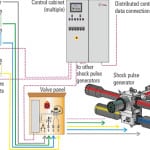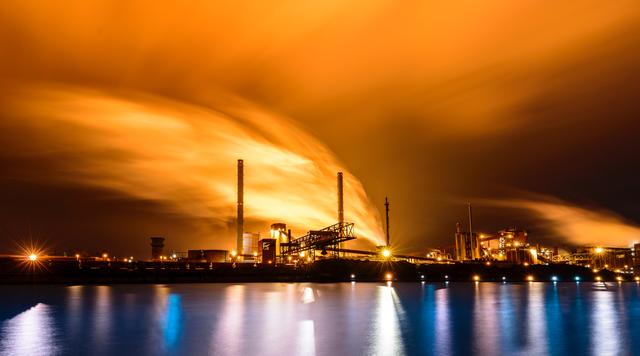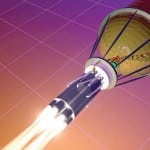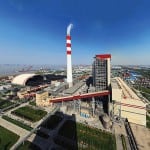Economic power plant operation includes keeping maintenance costs under control, and operating the plant efficiently. Boiler surfaces need to be kept as clean as possible to increase heat transfer and decrease unplanned downtime.
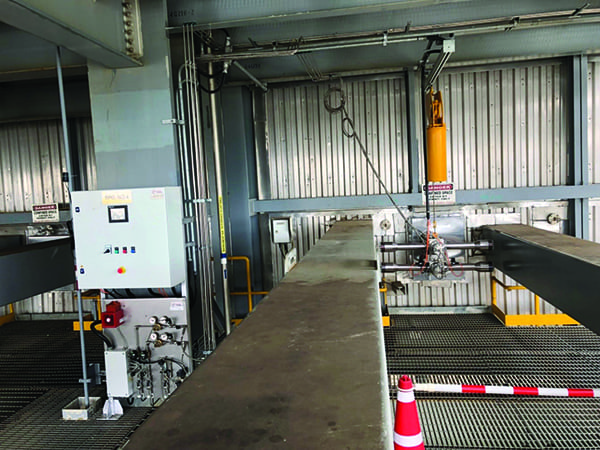 |
|
1. This is a front view of a TwinL shock pulse generator (SPG). The SPG is located between two long retractable sootblowers with an appertaining valve and control panel. Courtesy: Explosion Power GmbH |
Shock pulse generators (SPGs) have proven to be a good way to manage boiler cleanliness. Explosion Power GmbH, a Switzerland-based company that specializes in the development and manufacture of equipment for cleaning power plant boilers, installed four Twin SPGs into a 660-MW supercritical pulverized coal boiler at the GHECO-One plant in Thailand. The SPGs operate successfully in support of boiler cleaning, helping keep the required flue gas outlet temperature within design specifications. The next phase of the project includes installation of four TwinL SPGs (Figure 1), designed to save feedwater and steam for cycle optimization.
The GHECO-One project is a joint venture between a leading private producer of electricity, and industrial land and utilities companies operating in Thailand. The joint venture was formed in 2007 with the objective to produce and supply electricity to the Electricity Generating Authority of Thailand (EGAT) under the Independent Power Producers (IPP) program.
The GHECO-One plant uses subbituminous coal and utilizes technology including NOx, dust emission, and SO2 reduction systems. The plant’s construction began in 2009, and commercial operation began in the second half of 2012.
The supercritical pulverized coal-fired boiler produces 2,079 ton/hr steam of 243 bar, incinerating subbituminous coal at 568C. To protect the selective catalytic reduction (SCR) elements, it is necessary to maintain the boiler flue gas exhaust temperature below 400C, whereas the temperature tends to increase from 380C to 410C within seven days after a manual cleaning. This is due to ash accumulation on the primary reheater and economizer.
The boiler is equipped with 92 sootblowers. There are 24 long retractable sootblowers located in the furnace, and 24 of similar type are installed in the backpass. Depending on coal slagging and fouling indices, the sootblowers may operate on a 24/7 basis.
The Solution
Explosion Power GmbH was tasked with mitigating unfavorable conditions upstream of the SCR in a 24-meter-wide backpass chamber. GHECO-One installed four SPG TwinL units, two per side (Figure 2), to assist the sootblowing system, keeping the economizer clean in order to pick up exhaust heat, and improve and stabilize boiler efficiency. Importantly, this protects the sensitive SCR element from excessive heat and accelerated decay. The backpass mainly accumulates small ash particles that are sufficiently removed by the four TwinLs.
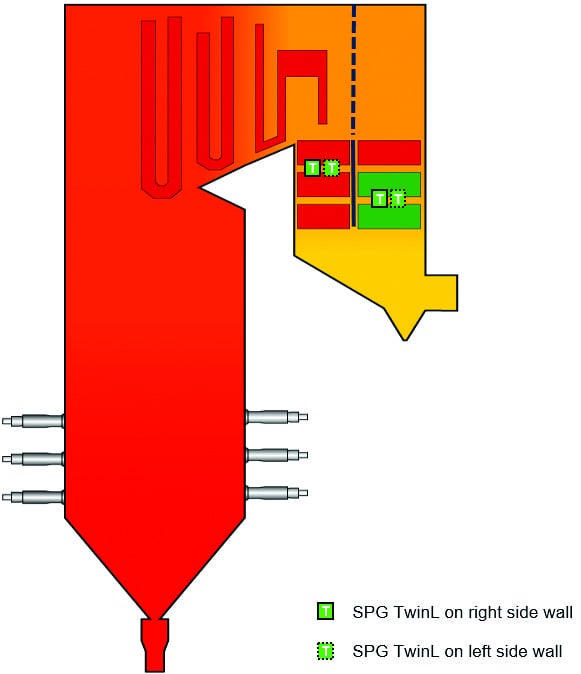 |
|
2. GHECO-One installed four SPG TwinL shock pulse generator units—two per side—in the 24-meter-wide backpass area shown on this schematic. The units assist the sootblowing system, keeping the economizer clean and protecting the selective catalytic reduction system from excessive heat and accelerated decay. Courtesy: Explosion Power GmbH |
The system was installed and commissioned in April 2018 by Explosion Power with support from local distributor and supporting partner Vannetto Pte. Ltd. Vannetto carries out all service and maintenance work for the installed TwinLs.
There is a once-a-month manual cleaning of the backpass, in addition to the sootblowers, before the operation of the four SPG TwinLs. The shock pulse intervals are set to 60 minutes, which has proven to be the most-suitable pulse frequency.
Some of the original sootblowers are still operated with an unchanged operating cycle sequence. During the actual phase, or phase 1, the operator may change the shock pulse interval according to the boiler requirements, depending on whether they operate at full load or not. These decisions are taken by the shift leader on duty. Outlet temperatures upstream of the SCR are kept at a constant 380C.
The signal for activation for the shock pulse is usually sent via the distributed control system (DCS). However, the DCS operators did not allow any interaction with their system while the boiler was operational. An alternative solution had to be found, which was connecting the hardwired signal through the sootblower’s connection. In the final state, all the activation signals will be connected to the central DCS, with all personnel trained to safely operate the system.
The Next Phase
To continue slag and clinker mitigation, and to improve fouling solutions, phase 2 of the project will include additional SPGs in the backpass to further assist the sootblowing systems.
As soon as four additional TwinL SPGs are installed, the goal will be to stop 16 to 24 of the long retractable sootblowers. The target is to save feedwater/steam, and reduce the number of the originally installed sootblowers, as the application of the SPGs improves cleaning efficiency compared to the sootblowers.
At least two long retractable sootblowers for each SPG will be kept in operation. The entire boiler cleaning system will be activated from the central DCS.
—Mirek Spicar is a waste-to-energy and environmental engineer at Explosion Power GmbH.






